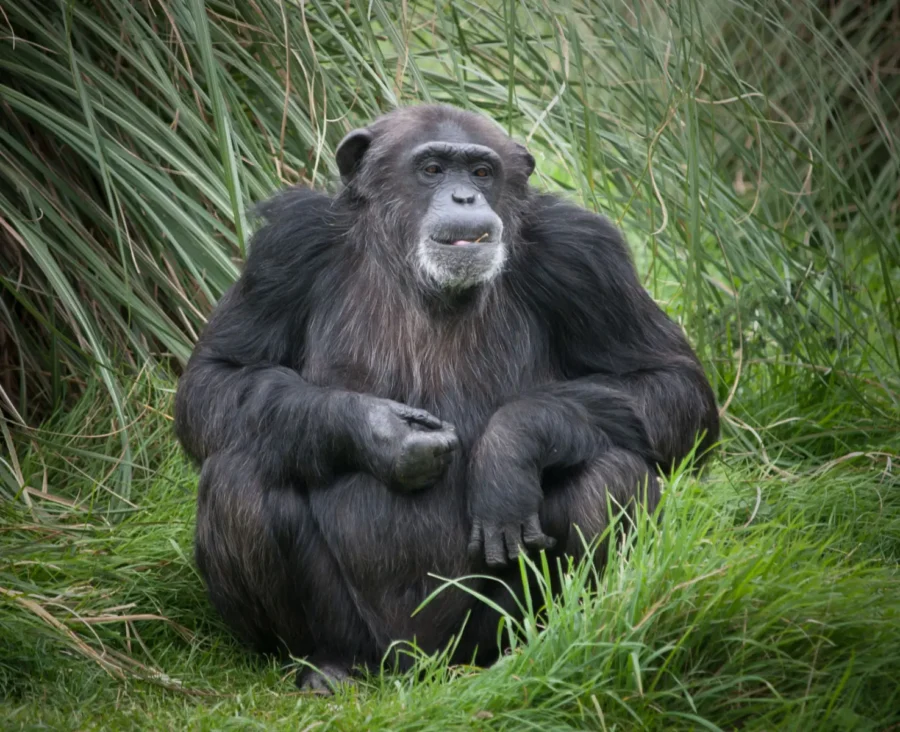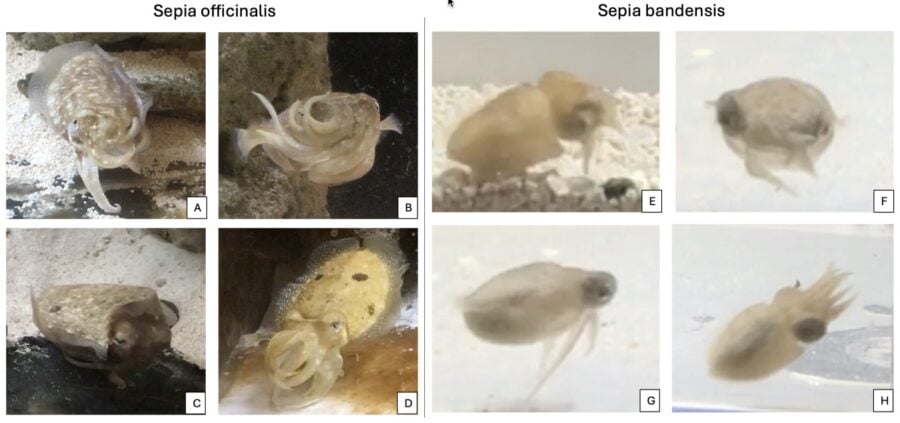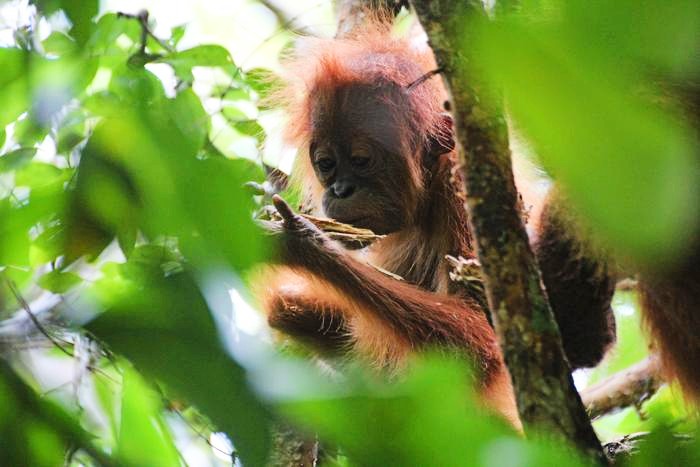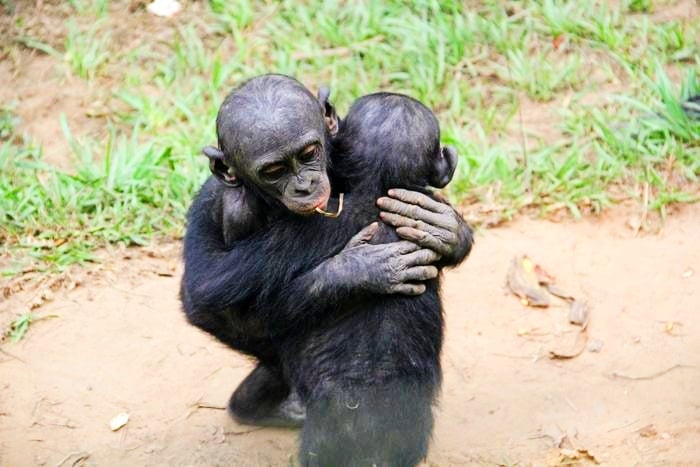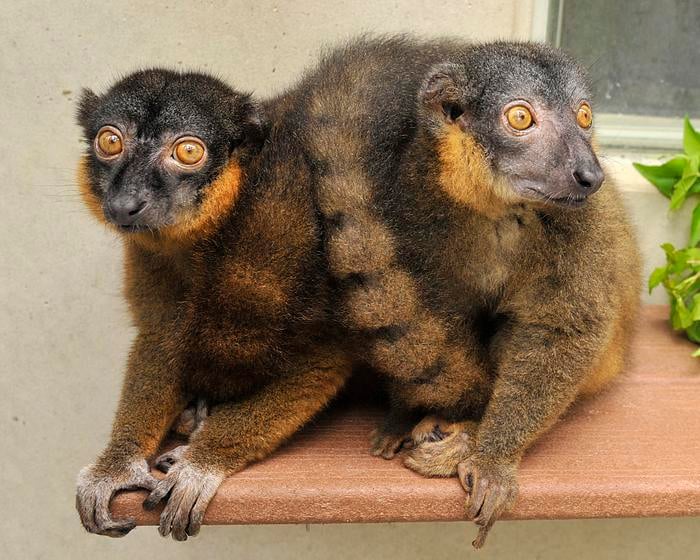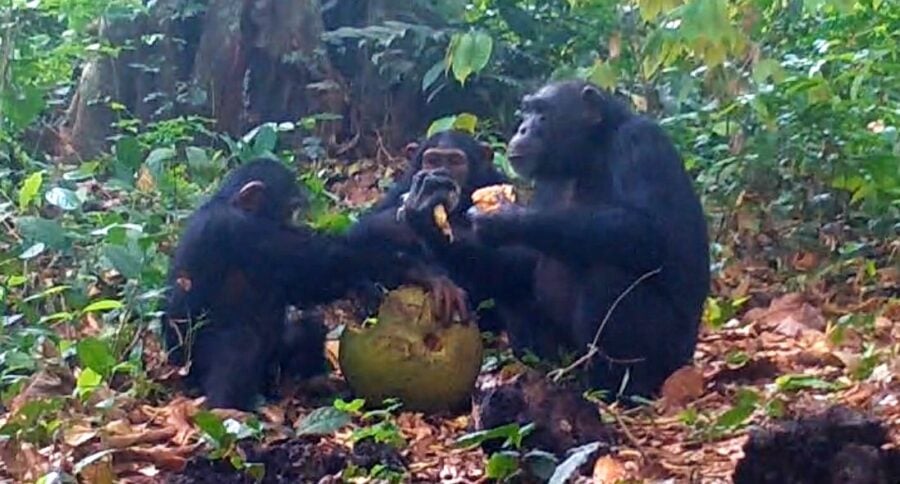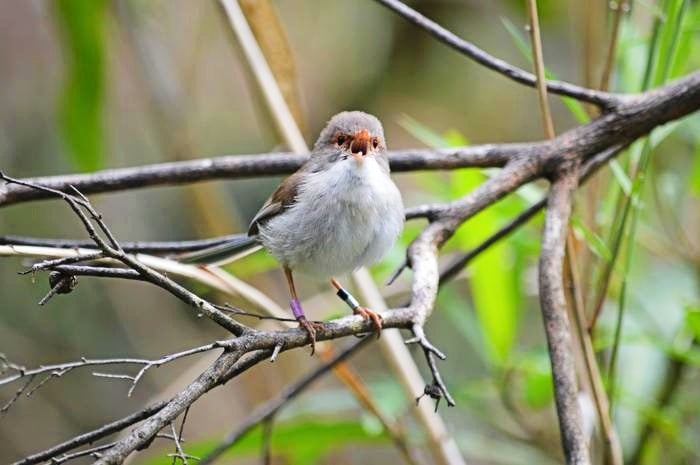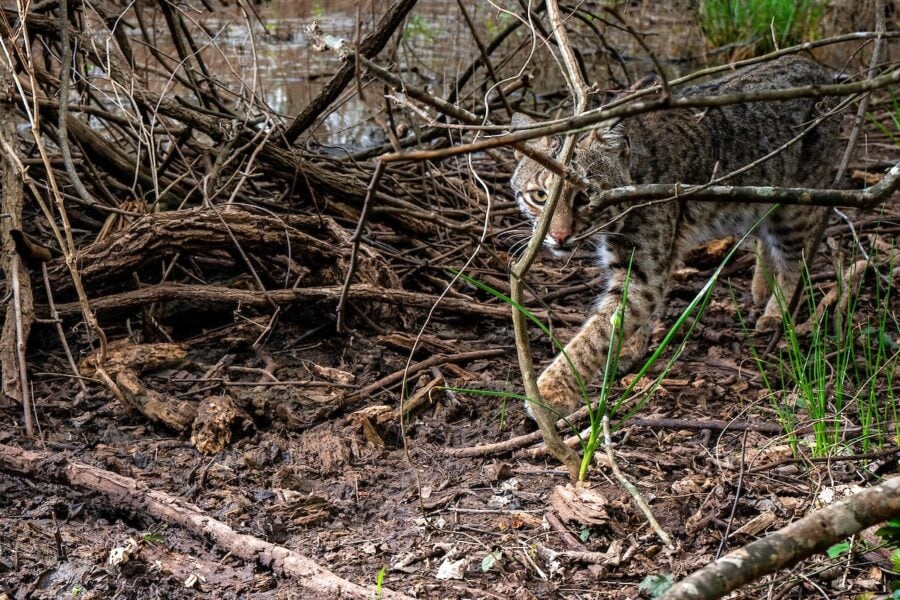Chimpanzees Keep the Beat—And May Hold the Key to Human Musical Origins
Ever wonder if your favorite music beat has anything in common with animal sounds? Scientists just discovered something mind-blowing: the rhythm patterns in chimp drumming, human speech, and music all connect in ways we never knew before. In a study published in March 2025, researchers revealed that the mathematical tools used to analyze these different … Read more

